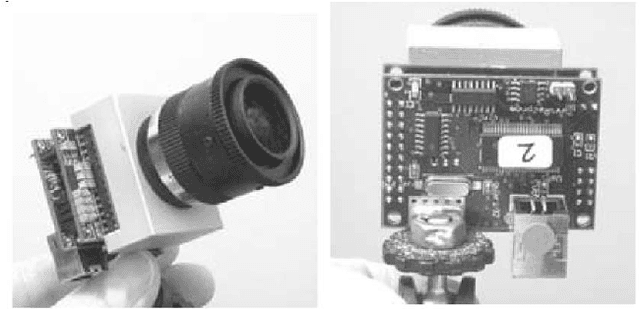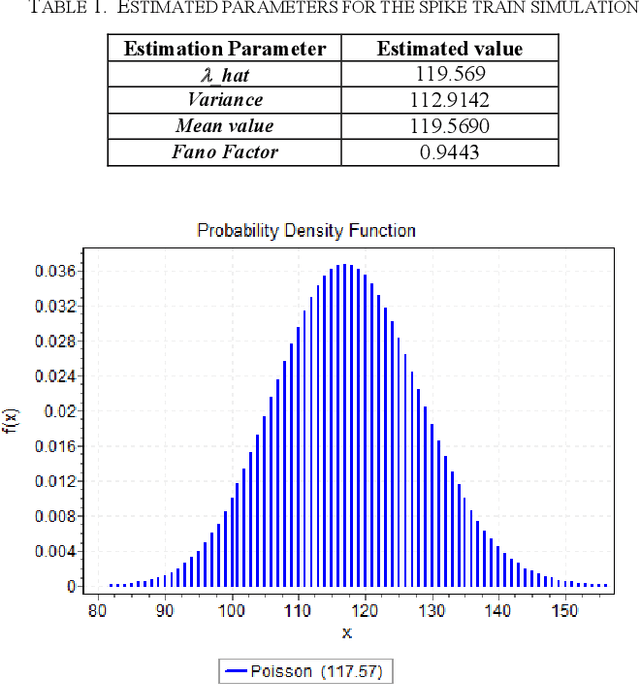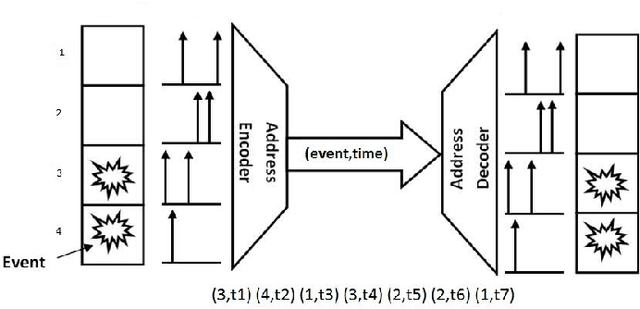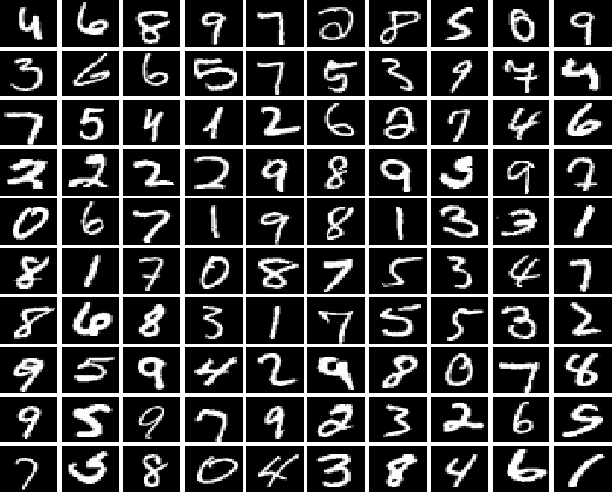Arash Ahmadi
Improving Aviation Safety Analysis: Automated HFACS Classification Using Reinforcement Learning with Group Relative Policy Optimization
Aug 28, 2025Abstract:Analyzing the human factors behind aviation accidents is crucial for preventing future incidents, yet traditional methods using the Human Factors Analysis and Classification System (HFACS) are limited by scalability and consistency. To address this, we introduce an automated HFACS classification framework for aviation safety analysis that utilizes Reinforcement Learning with Group Relative Policy Optimization (GRPO) to fine-tune a Llama-3.1 8B language model. Our approach incorporates a multi-component reward system tailored for aviation safety analysis and integrates synthetic data generation to overcome class imbalance in accident datasets. The resulting GRPO-optimized model achieved noticeable performance gains, including a 350% increase in exact match accuracy (from 0.0400 to 0.1800) and an improved partial match accuracy of 0.8800. Significantly, our specialized model outperforms state-of-the-art LLMs (Large Language Models), including GPT-5-mini and Gemini-2.5-fiash, on key metrics. This research also proposes exact match accuracy in multi-label HFACS classification problem as a new benchmarking methodology to evaluate the advanced reasoning capabilities of language models. Ultimately, our work validates that smaller, domain-optimized models can provide a computationally efficient and better solution for critical safety analysis. This approach makes powerful, low-latency deployment on resource-constrained edge devices feasible.
MCP Bridge: A Lightweight, LLM-Agnostic RESTful Proxy for Model Context Protocol Servers
Apr 11, 2025Abstract:Large Language Models (LLMs) are increasingly augmented with external tools through standardized interfaces like the Model Context Protocol (MCP). However, current MCP implementations face critical limitations: they typically require local process execution through STDIO transports, making them impractical for resource-constrained environments like mobile devices, web browsers, and edge computing. We present MCP Bridge, a lightweight RESTful proxy that connects to multiple MCP servers and exposes their capabilities through a unified API. Unlike existing solutions, MCP Bridge is fully LLM-agnostic, supporting any backend regardless of vendor. The system implements a risk-based execution model with three security levels standard execution, confirmation workflow, and Docker isolation while maintaining backward compatibility with standard MCP clients. Complementing this server-side infrastructure is a Python based MCP Gemini Agent that facilitates natural language interaction with MCP tools. The evaluation demonstrates that MCP Bridge successfully addresses the constraints of direct MCP connections while providing enhanced security controls and cross-platform compatibility, enabling sophisticated LLM-powered applications in previously inaccessible environments
A Comparative Study of Sampling Methods with Cross-Validation in the FedHome Framework
Jun 04, 2024Abstract:This paper presents a comparative study of sampling methods within the FedHome framework, designed for personalized in-home health monitoring. FedHome leverages federated learning (FL) and generative convolutional autoencoders (GCAE) to train models on decentralized edge devices while prioritizing data privacy. A notable challenge in this domain is the class imbalance in health data, where critical events such as falls are underrepresented, adversely affecting model performance. To address this, the research evaluates six oversampling techniques using Stratified K-fold cross-validation: SMOTE, Borderline-SMOTE, Random OverSampler, SMOTE-Tomek, SVM-SMOTE, and SMOTE-ENN. These methods are tested on FedHome's public implementation over 200 training rounds with and without stratified K-fold cross-validation. The findings indicate that SMOTE-ENN achieves the most consistent test accuracy, with a standard deviation range of 0.0167-0.0176, demonstrating stable performance compared to other samplers. In contrast, SMOTE and SVM-SMOTE exhibit higher variability in performance, as reflected by their wider standard deviation ranges of 0.0157-0.0180 and 0.0155-0.0180, respectively. Similarly, the Random OverSampler method shows a significant deviation range of 0.0155-0.0176. SMOTE-Tomek, with a deviation range of 0.0160-0.0175, also shows greater stability but not as much as SMOTE-ENN. This finding highlights the potential of SMOTE-ENN to enhance the reliability and accuracy of personalized health monitoring systems within the FedHome framework.
evt_MNIST: A spike based version of traditional MNIST
Apr 22, 2016



Abstract:Benchmarks and datasets have important role in evaluation of machine learning algorithms and neural network implementations. Traditional dataset for images such as MNIST is applied to evaluate efficiency of different training algorithms in neural networks. This demand is different in Spiking Neural Networks (SNN) as they require spiking inputs. It is widely believed, in the biological cortex the timing of spikes is irregular. Poisson distributions provide adequate descriptions of the irregularity in generating appropriate spikes. Here, we introduce a spike-based version of MNSIT (handwritten digits dataset),using Poisson distribution and show the Poissonian property of the generated streams. We introduce a new version of evt_MNIST which can be used for neural network evaluation.
Biologically Inspired Spiking Neurons : Piecewise Linear Models and Digital Implementation
Dec 16, 2012



Abstract:There has been a strong push recently to examine biological scale simulations of neuromorphic algorithms to achieve stronger inference capabilities. This paper presents a set of piecewise linear spiking neuron models, which can reproduce different behaviors, similar to the biological neuron, both for a single neuron as well as a network of neurons. The proposed models are investigated, in terms of digital implementation feasibility and costs, targeting large scale hardware implementation. Hardware synthesis and physical implementations on FPGA show that the proposed models can produce precise neural behaviors with higher performance and considerably lower implementation costs compared with the original model. Accordingly, a compact structure of the models which can be trained with supervised and unsupervised learning algorithms has been developed. Using this structure and based on a spike rate coding, a character recognition case study has been implemented and tested.
* 14 pages, 16 figures
 Add to Chrome
Add to Chrome Add to Firefox
Add to Firefox Add to Edge
Add to Edge